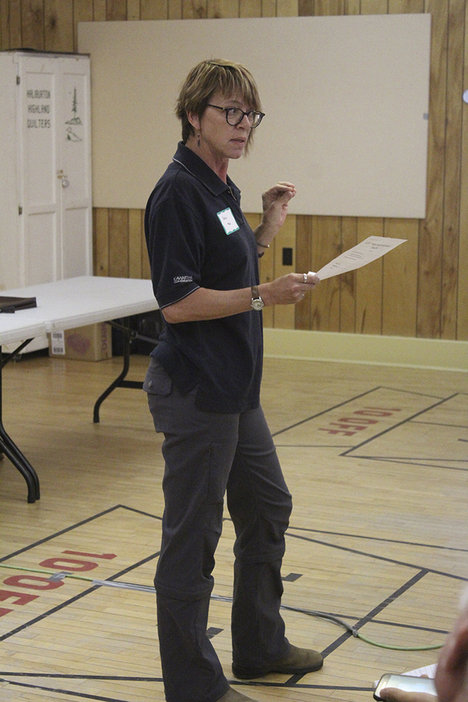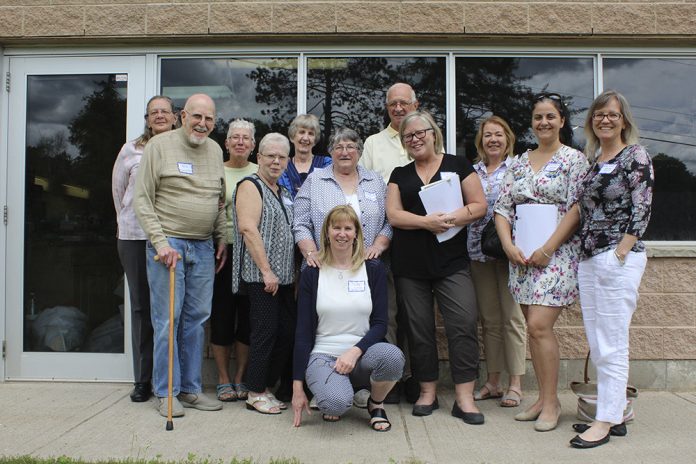After years of planning and construction, the organic health and beauty product company Living Libations officially opened its new, state-of-the-art headquarters in Haliburton June 20.
More than 50 people attended to celebrate the 22,000-square foot facility off Harburn Road. Builders designed it for low environmental impact and energy efficiency, meeting the Passive House Building Standard to consume only 10 per cent of the energy versus a conventional building of its size.
Founder Nadine Artemis said the Haliburton area enchanted her, causing her to move her business here 15 years ago.
She thanked the various people and builders involved in making the new headquarters happen.
“It really takes a village to build a building,” Artemis said. “We are in deep appreciation to the countless co-operative components that brought us all together and accomplished this vision.”
It took a years-long process to get here.
After a tragic fire burned down their home and business headquarters in 2013, they first came before Dysart et al council with their plans to construct the new headquarters in 2015.
The company also went through some controversy, earning Calico Road residents’ ire in 2017 due to increased traffic when they operated their business there temporarily.
But now the business is finally settled into its permanent home.
“A construction project of this size has intense moments, quick-decision making and thousands and thousands of microdetails,” Artemis said. “To have this process feel smooth and timely is a miracle.”
The four-storey structure is “flooded with natural sunlight,” according to a company press release.
High-performance energy recovery ventilators cycle fresh air through the building without affecting indoor temperature. The structure earned a newly-created award from Legalett Canada, who provided engineering, design and supply of the building’s foundation.
National sales manager Ken Williams presented the Construction Pioneer Award to Living Libations and project developer Greg West for the achievements in energy-efficient design.
“This project has, to say the least, been inspirational to us,” Williams said.
Artemis said she was thankful to the local community for their continued support.
“We are also in deep appreciation to the community of our clients and their love of libations. Your absolute adoration for our creations is really our continued inspiration,” she said.








